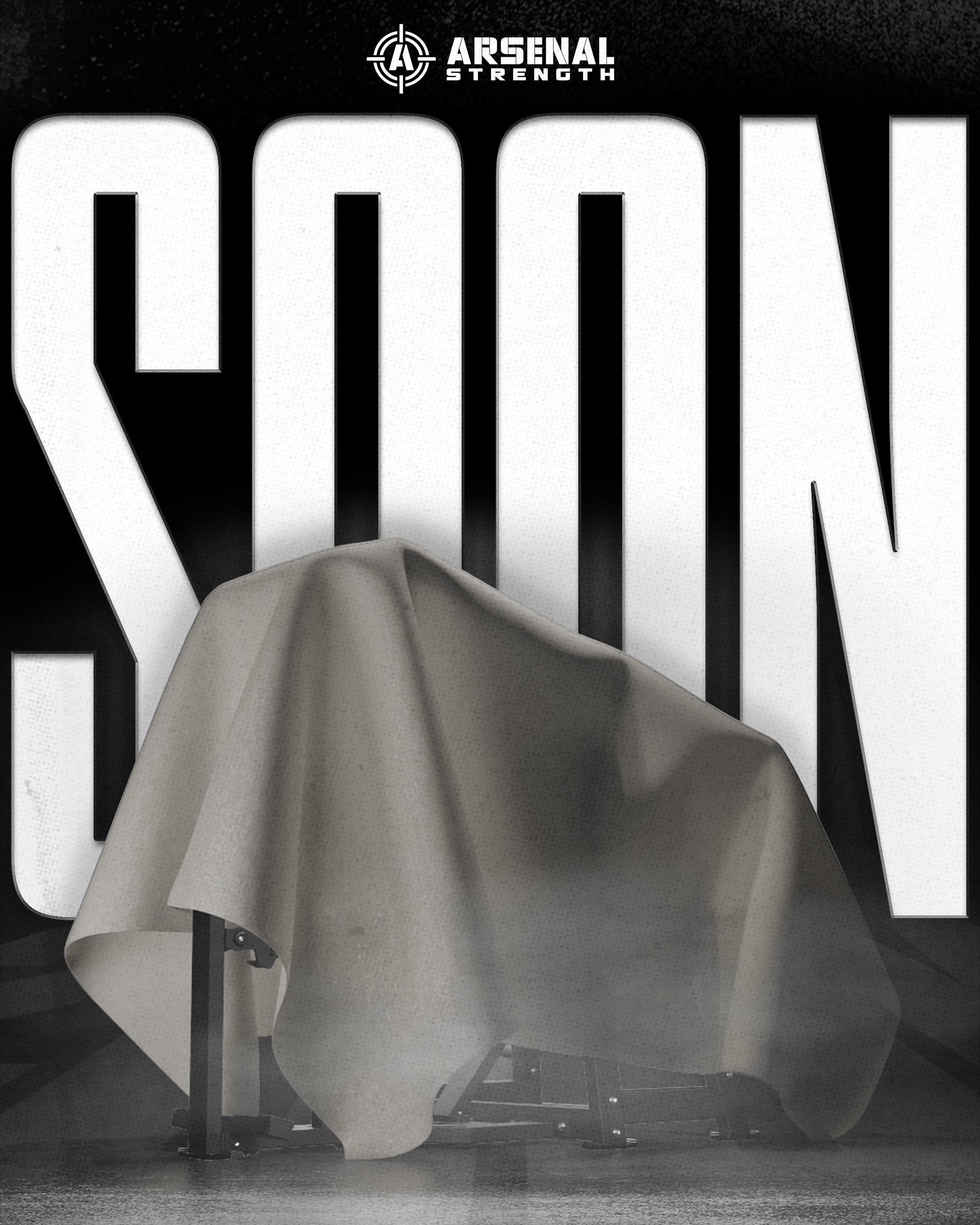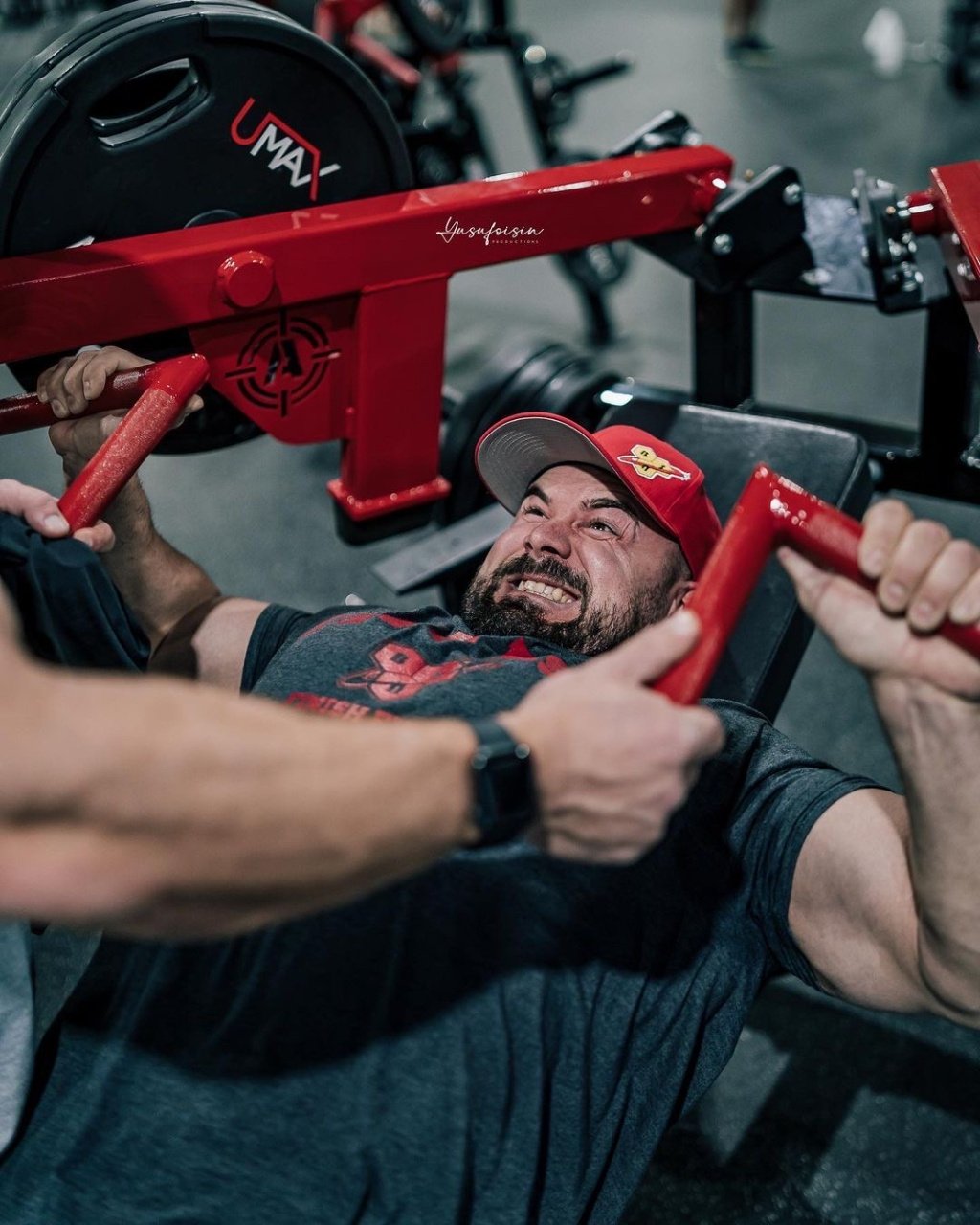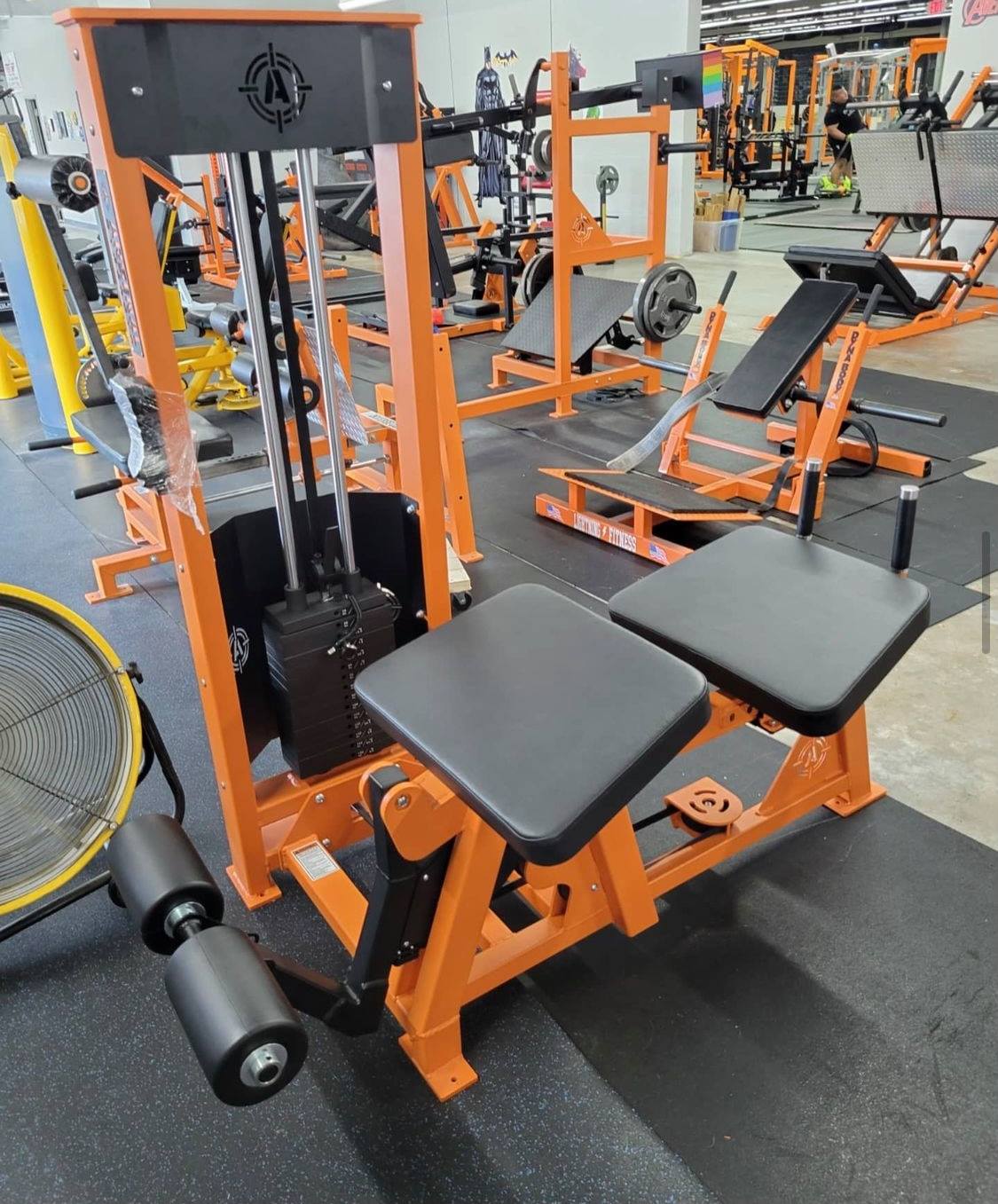Mastering Cable Chest Fly
Technique Tips for Superior Pectoral Definition
Elevate your chest day with the cable chest fly, a powerful exercise for chiseling muscle definition and enhancing upper body strength. Our expert guide dives into how to nail the perfect fly, addresses common form mistakes, and shows you variations to keep your muscles challenged. Get ready to transform your chest with safety and precision at the forefront.
- The cable chest fly provides constant tension throughout the exercise, enhancing muscle hypertrophy and promoting pectoral definition while also encouraging shoulder health and stability due to the isolated movement of the chest and supportive shoulder muscles.
- Proper technique is paramount in executing the cable chest fly, requiring a stable starting position with slightly bent elbows, precise movement mechanics for arms and elbows, and mastery of the full range of motion to effectively target the chest while mitigating the risk of injury.
- Cable chest fly variations offer a comprehensive chest workout by targeting specific areas for balanced development, and avoiding common mistakes like lifting too much weight is crucial for safety and progress, as well as maintaining proper alignment to ensure effective muscle activation.
Unlocking the Benefits of Cable Chest Fly
Among the various chest exercises, the cable fly stands out as a sophisticated technique for sculpting an impressive upper body. The careful performance of standing cable flys plays a pivotal role in building powerful chest muscles, which are central to achieving an attractive physique. This exercise’s benefits extend beyond just aesthetic enhancements.
Executing the flat cable fly with precision enhances pectoral muscle definition by targeting and engaging the chest muscles through full-range movements that are deliberate and focused. It fosters equilibrium in muscle activation that prevents common issues associated with muscular imbalances.
Continuous Tension for Pec Development
The cable chest fly exercise distinguishes itself from a majority of chest exercises, such as the bench press, by maintaining constant tension throughout the movement. In contrast to typical forms of exercise like bench pressing and dumbbell flys where tension fluctuates, performing a cable chest fly ensures that your pec major and pec minor are continuously engaged without restraint. The clever design of cams and pulleys in a cable machine turns each motion into an unyielding challenge that promotes muscle development.
This ceaseless strain produces an impressive pump which lays the groundwork for substantial growth in muscle mass within the chest area.
Promoting Shoulder Health and Stability
The chest muscles are the primary focus, with the shoulders providing essential stability to execute cable fly movements adeptly. This isn’t a one-muscle show. The isolation exercise recruits collaboration from deltoids, trapezius, and even the less-noticed rotator cuff muscles. They work in harmony to guide the shoulder joint meticulously while fostering maximal muscle growth and ensuring vital proper shoulder blade stability that is crucial for preserving shoulder well-being.
When extending your arms forward during this synergistic effort, you ensure that both pectoralis major and minor receive proper activation through the cable fiy motion—this acts as a safeguard against potential injuries by correctly engaging these key areas of your chest.
Executing the Cable Chest Fly with Precision
Ensuring precision is essential when performing the standing cable fly, an integral part of any chest muscle training routine. Effective engagement of the arm, shoulder, and chest muscles — while also preventing injuries — requires every movement to be deliberate and precise. Maintaining a strong core helps stabilize your stance and prevents the development of muscular imbalances due to compensatory actions.
By focusing on these details during the cable chest fly exercise utilizing a cable machine, one can improve muscle definition while maintaining safe practices that contribute to sustainable training outcomes.
The Ideal Starting Position
Embarking on the journey to sculpt your chest muscles begins with adopting a starting posture, extending your arms outward in preparation for engagement. A small bend in the elbows—a critical detail—indicates that proper form is being maintained. This stance resembles an eagle unfurling its wings, but it’s more than mere theatrics. It’s purposeful positioning readying the chest muscles for exertion.

With palms facing forward as if welcoming challenge, you establish a base of support through a staggered stance which provides balance and composure. It’s within this grounded position that one can confidently engage in the standing cable fly exercise.
Movement Mechanics: Arms and Elbows
During the central phase of performing a cable chest fly, the guidance of your arms and elbows is crucial. The moment when hands converge gracefully in front of the chest marks definitive muscle activation. With elbows subtly bent, they serve as critical links to ensure isolation. They act as unseen bonds that concentrate the effort on the chest muscles while preventing other muscles from overshadowing them.
This particular inward rotation amplifies the effectiveness of each repetition within the fly exercise, contributing incrementally towards sculpting an exemplary upper body.
Range of Motion Mastery
To achieve the utmost proficiency in performing the cable chest fly, it is essential to perfect the movement’s full range. The arms should not just move, but must follow the precise cadence of the exercise, converging at each repetition’s climax.
Initiating with a cable crossover sets off an expansive stretch throughout your pectoral muscles, guaranteeing that every muscle fiber gets worked on thoroughly. Dominating this whole action—from being fully stretched out to reaching peak contraction—distinguishes beginners from those who carve their chests into works of art with exquisite definition.
Variations of the Cable Chest Fly
In the realm of chest training, embracing a wide array of exercises is not just about mixing things up—it’s essential for unlocking the full potential of your chest muscles. The standing cable fly serves as a pivotal starting point from which numerous specialized versions extend, each crafted to focus on distinctive areas within the chest to achieve balanced and thorough muscle development. Among these variations you should consider incorporating into your exercise regimen are:
- The inclined position enhances targeting of higher pectoral fibers.
- A declined angle places emphasis on strengthening lower sections.
- Employing one arm at a time for unilateral development.
- Combining pressing movements with cables for compound engagement.
- Executing crossovers to maximize muscular contraction.
By weaving this spectrum of exercises into your routine, you can thoroughly engage all zones across the broad expanse of your chest ensuring comprehensive sculpting and strength gains.
Exercises such as high-to-low cable flies specifically carve out definition in the upper region while those like decline variations sharpen focus on fortifying lower pectorals—all harmoniously complemented by classic moves like standard dumbbell flies and incline angles that collectively cater to an eclectic yet precise approach towards cultivating both aesthetic appeal and proportional symmetry in muscular architecture.
High Cable Fly for Upper Chest Sculpting
The high cable fly meticulously sculpts the upper region of the chest with masterful precision, activating the clavicular portion of your pectoralis major. For this exercise variation, one must assume a beginning stance with arms above—grasping the cable handles—and draw them downwards in an arc powered by controlled motion. With palms facing downward throughout this movement, it specifically hones in on sculpting that often overlooked area atop the more pronounced lower chest muscles.
As you bring your hands together at level with your chest, you’re met by an engaging challenge from your body’s uppermost section of muscle fibers. This action carves out distinct lines and contours indicative of advanced development within one’s torso architecture.
Low Cable Fly to Carve the Lower Pecs
The low cable fly stands as an essential exercise for meticulously defining the lower chest, particularly honing in on the sternocostal head of the pectoralis major. It is analogous to an artist adding intricate details to a masterpiece, accentuating often overlooked muscular shapes within the lower chest region. Maintaining proper form is critical. Any excessive arching in the lower back can upset the fine equilibrium necessary for targeting specific muscles during this movement.
In practicing this technique correctly, one may fully appreciate how impactful low cable flies are in achieving a chiseled and potent-looking lower chest area.
Avoiding Common Mistakes in Cable Chest Fly
Embarking on the path to achieving a defined cable chest requires navigating through various pitfalls, particularly when performing exercises like the chest fly. Errors in execution can impede muscle development and increase injury risk, making it essential not just to go through the motions, but also to grasp and practice proper technique that respects your body’s inherent force patterns.
Executing each movement with intent is crucial, ensuring every rep contributes positively towards your goal of an enhanced chest while staying clear of dangerous areas where improper arm placement or shoulder motion might result in harm.
Steering Clear of Too Much Weight
In the pursuit of improved fitness, it’s essential to resist the temptation to use overly heavy weights, as this can lead to compromised technique and potential shoulder damage. The cable chest fly exercise is more about finesse than sheer power. It requires a harmonious mix of tension management and movement precision. Keep these guidelines in mind:
- Opt for lighter resistance levels that allow you to keep your form intact and reduce risk of injury.
- Prioritize controlled movements over hoisting significant weight loads.
- Stay tuned into how your chest muscles feel during the workout – look for a sensation of burning which suggests active muscle involvement and stamina building.
By adhering to these practices, you’ll be able to most effectively target your chest muscles while steering clear of undue stress or harm.
Embrace this strategy focused on moderation where success isn’t measured by how much weight you move but rather by achieving continuous advancement towards sculpted pectorals without succumbing to injuries along the way.
Ensuring Proper Shoulder and Arm Alignment
Achieving proficiency in the cable chest fly hinges on uncompromisingly maintaining proper alignment. Ensuring correct positioning of your shoulders and arms is pivotal for optimally engaging the chest muscles while providing a bulwark against potential injuries. Imagine an unswerving line from your shoulder to your wrist. This imaginary guideline dictates the path of movement, with elbows slightly bent, ensuring that hands—with knuckles facing forward—synchronize seamlessly with the contraction and expansion of chest muscles.
Adhering strictly to this alignment serves as a foundational element for executing a successful cable chest fly exercise. By honoring this commitment to form, you reap rewards through enhanced muscle performance in your chest and safeguarding overall muscular health.
Essential Equipment for Cable Chest Flys
Engaging in the cable chest fly resembles conducting a musical symphony, demanding specific instruments to achieve precise tonality. Central to this workout is the use of functional trainers or cable crossover machines – these adaptable units enable the enchantment by providing adjustable pulleys and mounts that give you control over every dimension of your training. This functionality ensures that you’re equipped to customize your routine’s height and angle, allowing for a comprehensive engagement of your chest muscles from multiple perspectives.
Integrating Cable Chest Fly into Your Chest Routine
Incorporating the cable chest fly into your workout routine offers a multifaceted approach to developing your chest muscles. It’s more than just an isolated move. It acts as a key component that enriches and diversifies your chest exercises, delivering targeted strength challenges beyond what compound movements alone can achieve. This exercise complements others like the bench press and dumbbell flys, forming part of a comprehensive strategy aimed at enhancing both muscle size (hypertrophy) and power throughout the entire chest area.
Advanced Training Techniques for Intensifying Cable Chest Fly
To elevate chest development to unprecedented heights, it’s crucial to engage in sophisticated workout strategies that push the boundaries of intensity. The cable chest fly is a powerful exercise, but its effectiveness can be amplified significantly by applying techniques such as time under tension and progressive overload.
The objective here is to outsmart the natural adaptability of the muscles. This involves constantly presenting them with fresh challenges that promote both hypertrophy and increased strength in the chest area.
Time Under Tension Tactics
The principle of time under tension, crucial for muscle development, can transform the cable chest fly into a powerful tool for growth. By lengthening the eccentric phase—where the arms gently open—one amplifies muscle fiber engagement and encourages Enlargement. This intentional slowing down combined with a pause at maximum contraction intensifies strain and possible stress on the chest muscles, thus sculpting them into a more robust and durable form.
Progressive Overload Strategies
The principle of progressive overload directs you to new realms of muscle strength and growth. When applied to the standing cable fly, numerous approaches can be adopted, such as gradually adding more weight or incorporating instability into your routine. By performing the cable fly on one foot or using an exercise ball for balance, not only is the challenge intensified, but it also improves your stability and control—essential aspects of a robust and efficient chest training session.
Summary
In summary, the cable chest fly is a multifaceted exercise that, when performed with precision, can sculpt an upper body of distinction. From the foundational techniques to the advanced strategies, every aspect of this exercise serves a purpose: to chisel your chest muscles into a work of art. Remember, it’s not just about lifting weights; it’s about lifting with intent, embracing the journey, and celebrating the incremental victories that lead to a stronger, more defined you.
Frequently Asked Questions
Can the cable chest fly replace the bench press in my workout routine?
The chest fly performed with cables is intended to augment, rather than substitute for, foundational compound movements such as the bench press when aiming for comprehensive and harmonious development of the chest muscles in your training regimen.
How often should I include cable chest flys in my chest routine?
Based on your exercise regimen and recovery needs, include cable chest flys in your chest routine one to two times weekly, making adjustments as necessary.
What is the correct way to position my hands during the cable chest fly?
Keep your palms facing forward and your knuckles pointed downwards while ensuring there is a slight curve in the elbows at all times to efficiently focus on working out the chest muscles.
Is it better to use heavier weights or focus on form and range of motion with lighter weights for the cable chest fly?
Prioritizing proper technique and full range of motion using lighter weights is crucial for enhancing muscle growth in the chest area when performing cable chest flies, as it also minimizes injury risks.
It’s recommended to slowly increment the weight only while ensuring that strict form is continuously upheld.
Can using a cable machine help fix muscle imbalances in my chest?
Yes, using a cable machine can help fix muscle imbalances in your chest by allowing you to target each side independently and correct imbalances over time.
Additional Bent Over Row Resources:
Arsenal Strength Smith Machine
Back Training Featuring The Flex Lewis






